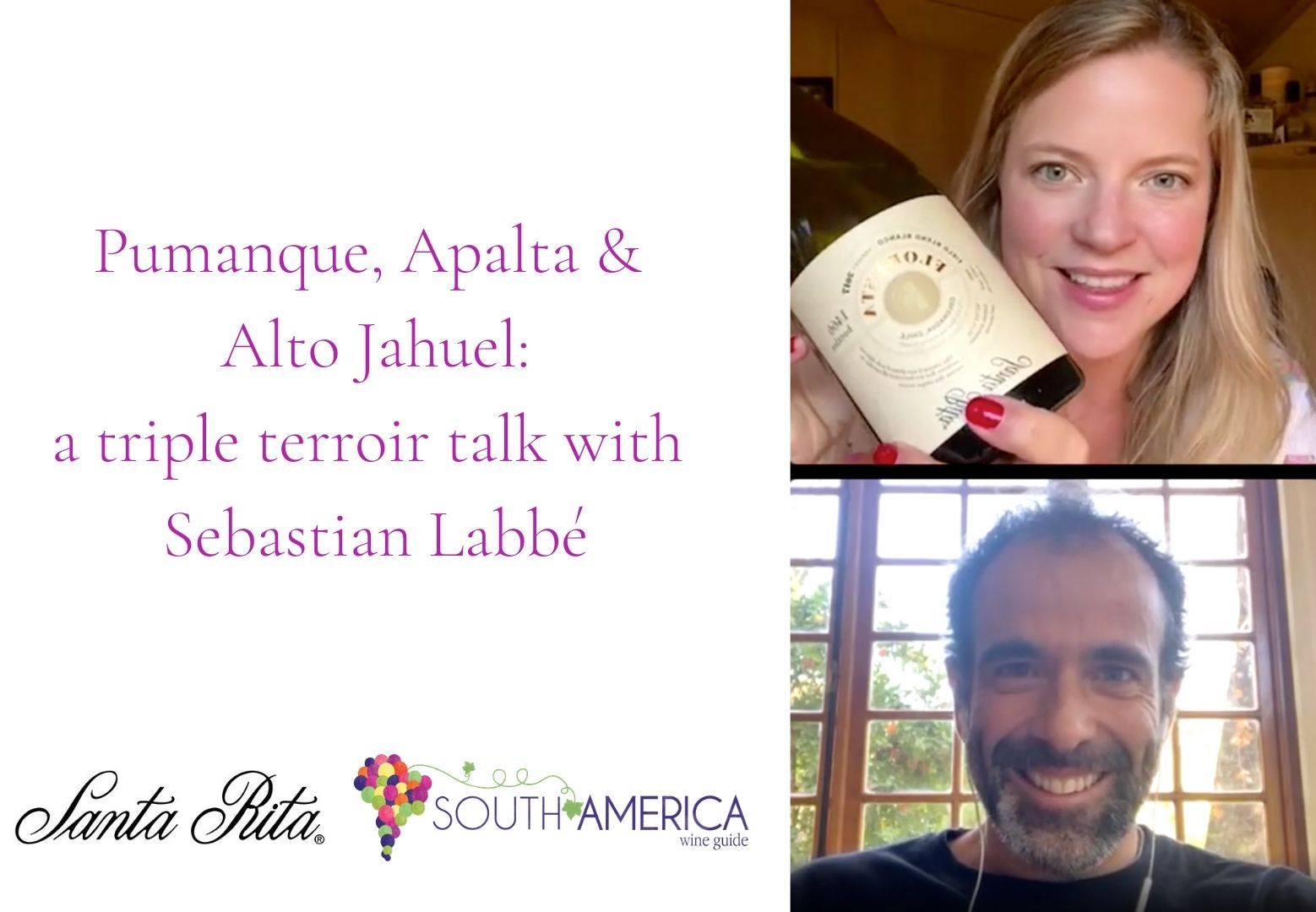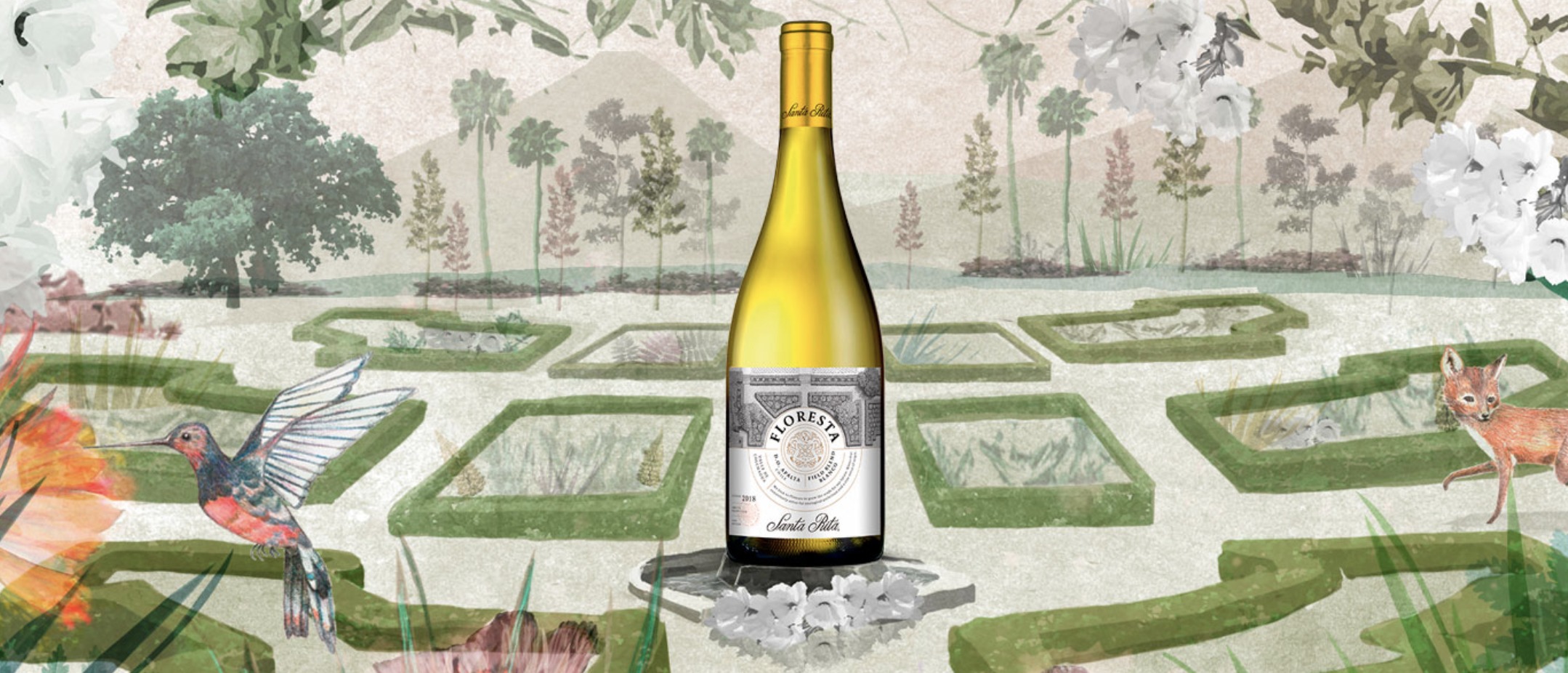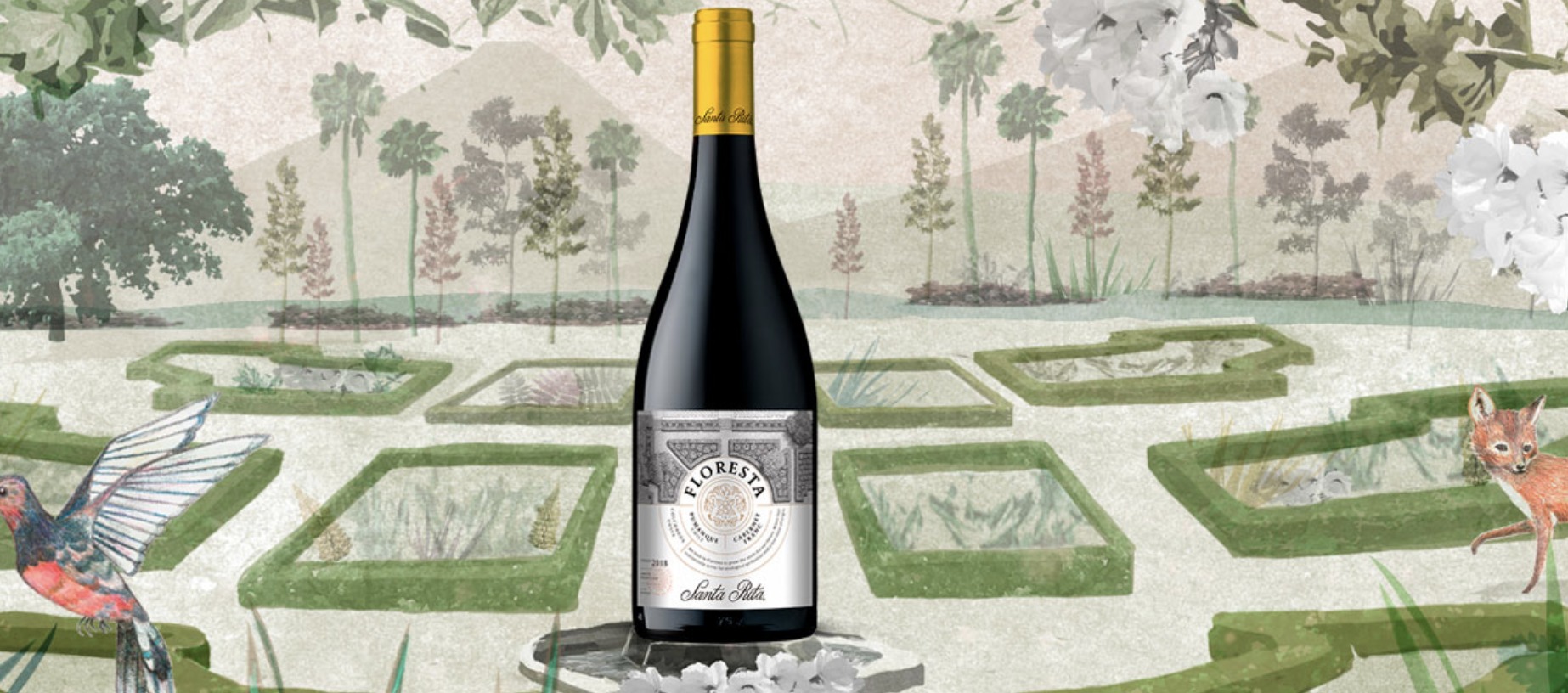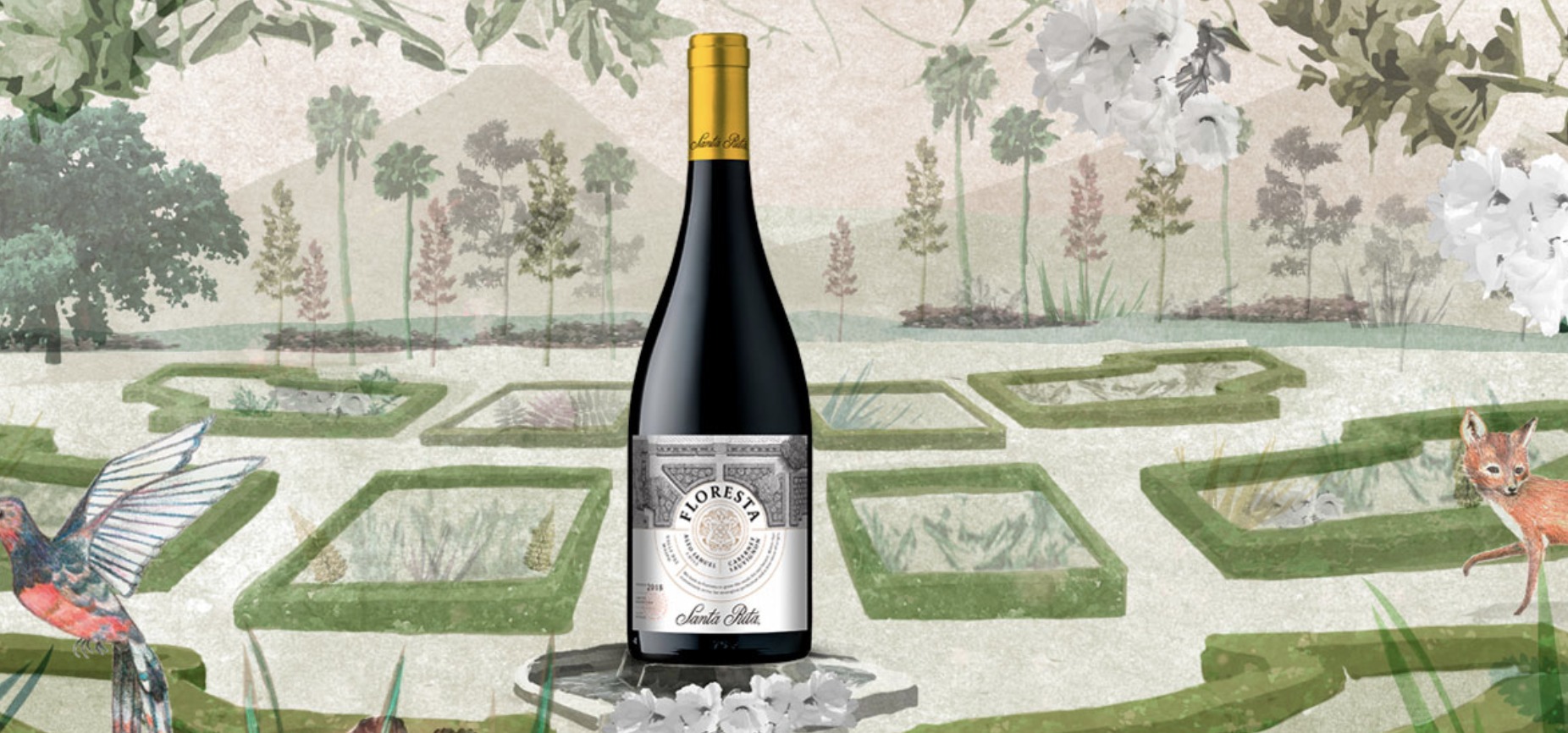Sebastian Labbé has been at the forefront of Chile’s wine scene in recent years as winemaker at one of Chile’s most important wineries, Santa Rita, where he is in charge of the innovative Floresta range as well as the iconic Casa Real wine, among others. In this educational Terroir Talk Sebastian walks us through three key terroirs for the range: Pumanque and Apalta in Colchagua, and Alto Jahuel in Maipo Andes.
“This Floresta range is the result of many experiments,” he explains. “They have been part of our experiments with different grape varieties and wine regions. We have also made it a rule not to use new barrels, and that the wines are fruit-orientated and show the typicity of the variety and the place.” The range includes the stunning, bright and floral Cabernet Franc from Pumanque, which is a region that Santa Rita has been really instrumental in putting on the map.
There are also the exciting colluvial terroir explorations into the hills of Alto Jahuel and which have been among the areas included in the incredible replanting and revisioning of the Santa Rita estate in Maipo Andes, the source of Floresta Cabernet Sauvignon. And another key wine in the portfolio is the old-vine white Field Blend from Apalta in Colchagua, which has helped lead the renaissance of Semillon in Chile.
Sebastian Labbé discusses all of this and more in this fascinating terroir talk exploring the wine regions, wines and winemaking behind the innovative wines of Santa Rita.
Interview with Sebastian Labbé, winemaker at Santa Rita
View this post on Instagram
Tasting the Floresta wines
Floresta White Field Blend
This is one of my favourite white wines from Colchagua and comes from this unique field blend of old vines in Apalta, which include Semillon, Sauvignon Vert, Torontel, Moscatel and Corinto (Chasselas). It is rich white wine with a weighty texture, which can stand up to big dishes and food but also has refreshing acidity underpinning it, and fresh notes of white peach and lemon zest that keep it vibrant. A complex, layered and delicious white blend that ages incredibly well.
Grape varieties: Semillon, Sauvignon Vert, Moscatel, Torontel and Corinto
pH: 3.47
Total Acidity: 6.12 g/l (expressed in Tartaric acid)
Alcohol Content: 13.2 %ABV
Residual Sugar: 1.89 g/l
Floresta Cabernet Franc
This is such an exciting Cabernet Franc. From Pumanque in coastal Colchagua, this is a cool-climate Cabernet Franc that exudes the spiciness and leafiness that can be so typical of the variety in its homeland of the Loire. But it is also quintessentially Chilean in essence too with inviting bright red fruit aromas and dried herbal notes. A lively, spicy and fresh Cabernet Franc that is one of the most promising wines made from this variety in Chile.
Grape varieties 100 % Cabernet Franc
pH: 3.66
Total Acidity: 5.30 g/l Tartaric Acid
Alcohol Content: 14.2%ABV
Residual Sugar: 2.33 g/l
Floresta Cabernet Sauvignon
This is a really modern and engaging style of Cabernet Sauvignon made with grapes grown in colluvial soils in Alto Jahuel. It’s a different style from the classic wines from the region, which come from the gravel vineyards of Maipo, and this wine from the hillsides offers a very pure nose with notes of blackcurrants, violets and graphite but it has spicier tannins and an energizing finish.
Grape varieties 100 % Cabernet Sauvignon
pH: 3.62
Total Acidity: 5.12 g/l Tartaric Acid
Alcohol Content: 14.3%ABV
Residual Sugar: 2.46 g/l



